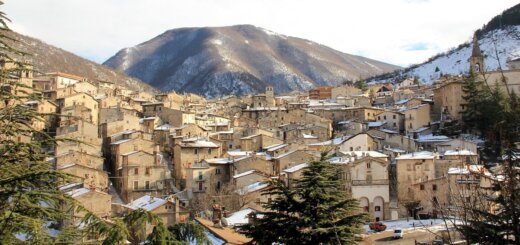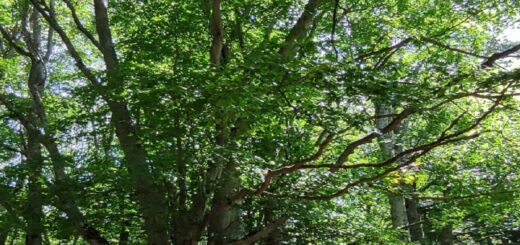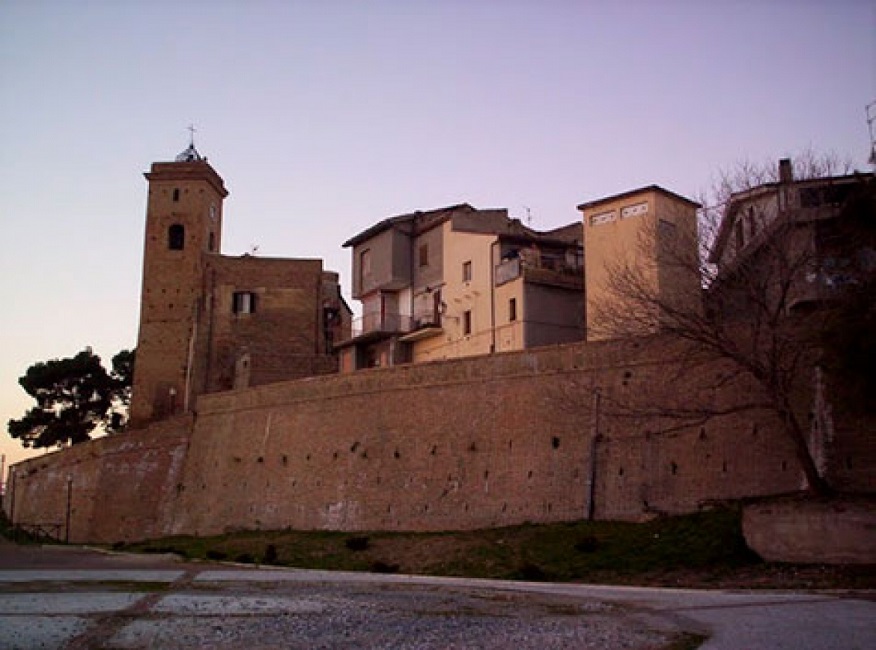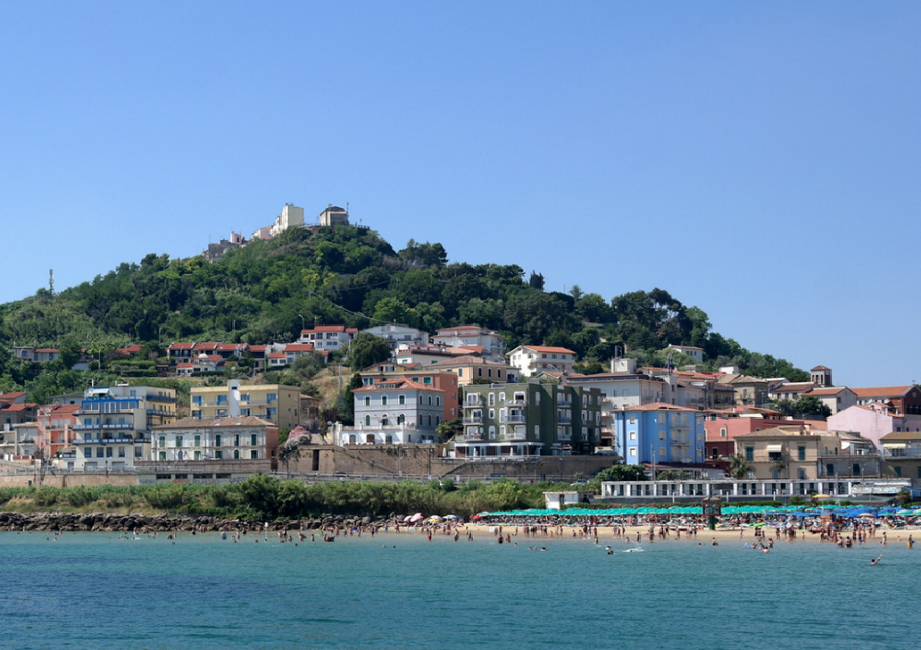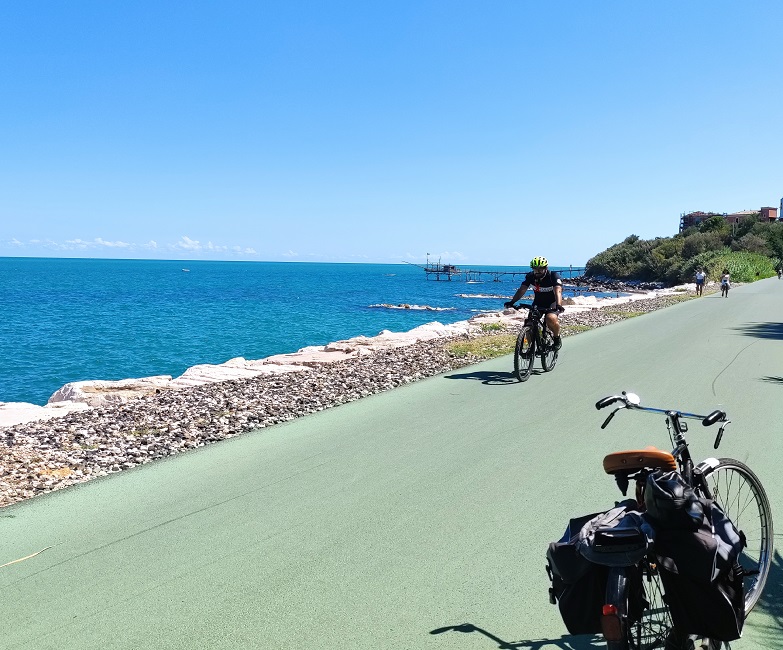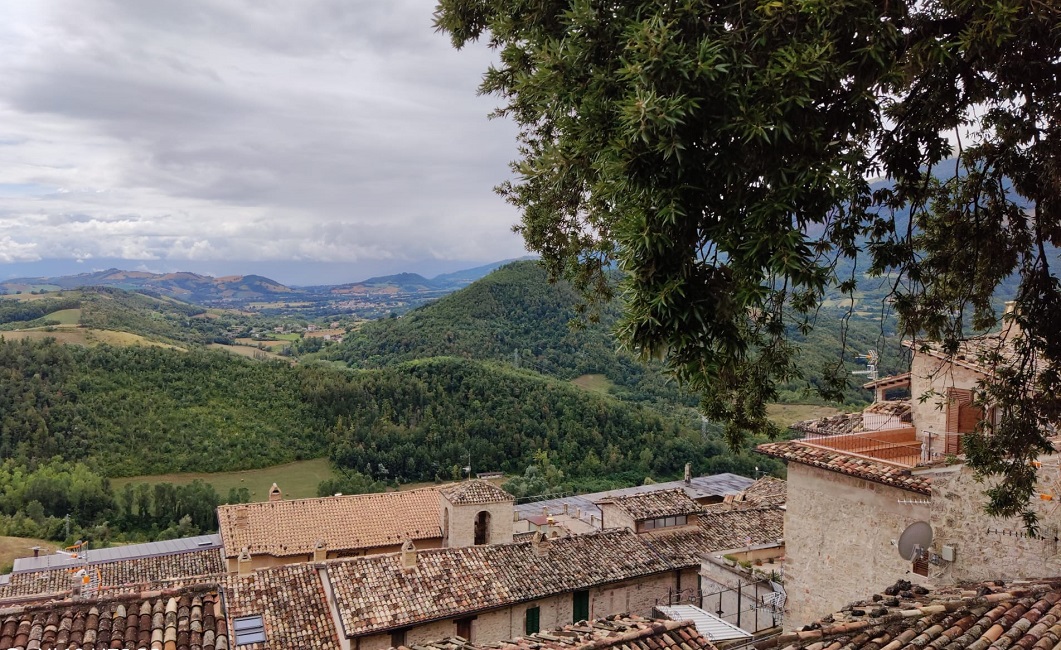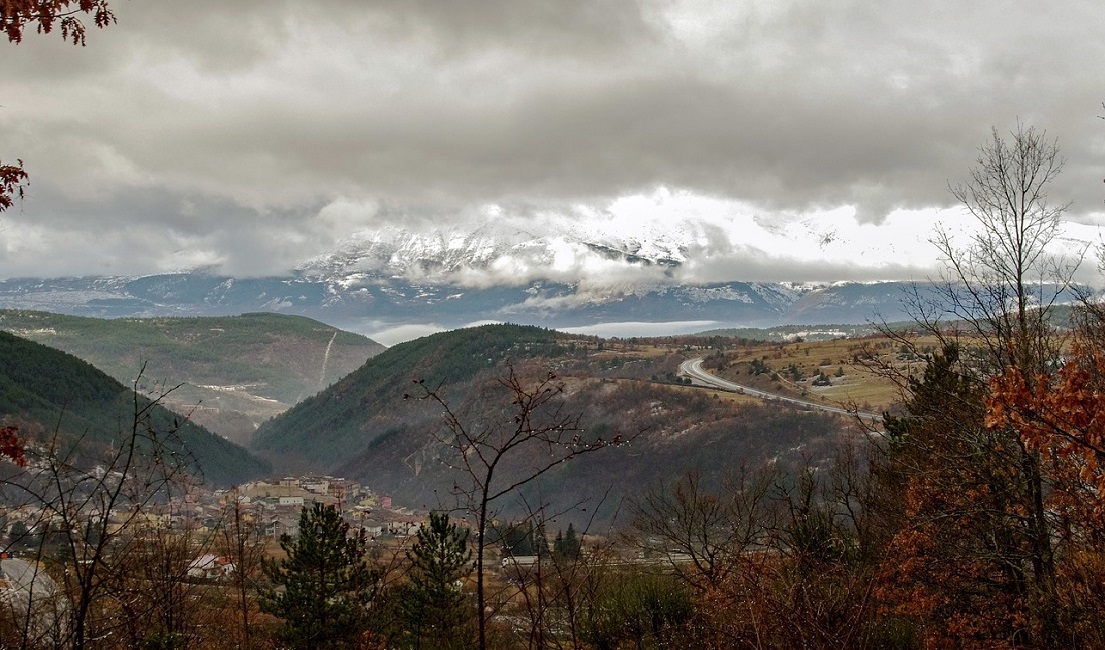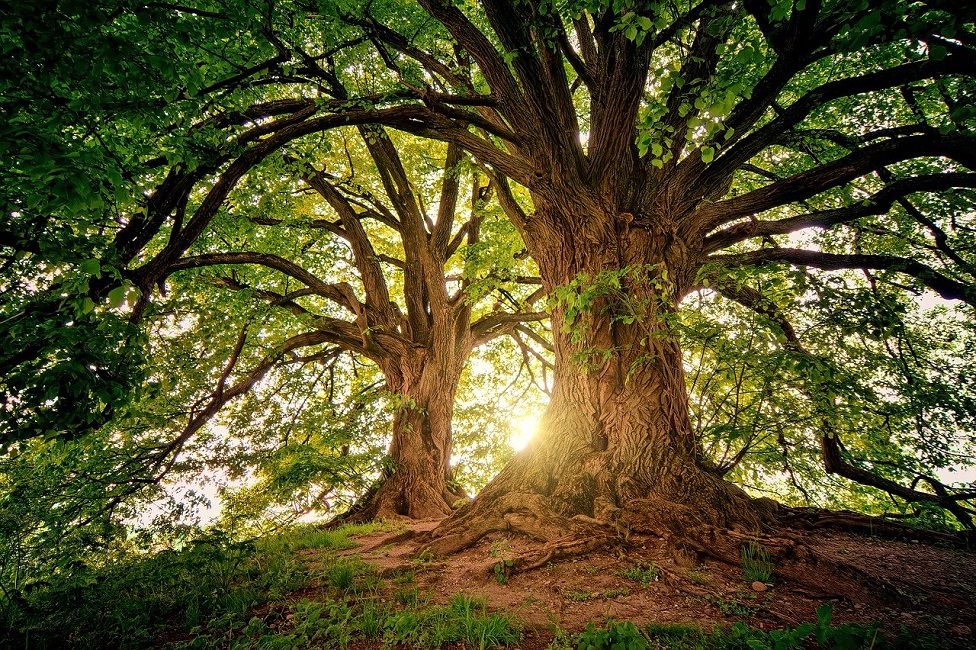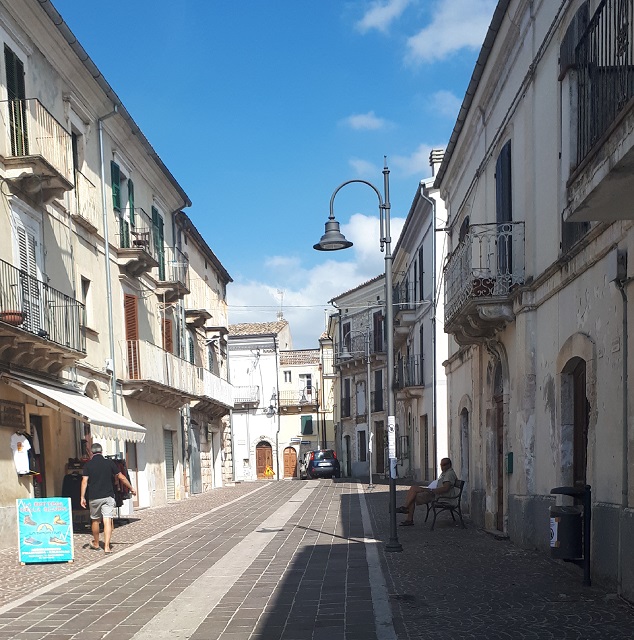The Sistine Chapel of Abruzzo
The Oratory of San Pellegrino at Bominaco
A good rule to follow in Italy, I have found, is never judge a building by its cover. So I am not particularly put out that the Sistine Chapel of Abruzzo looks no bigger than a bungalow from the outside. Luckily there is a porch, which is where we take shelter from the August sun. We have to wait our turn here as only a few people are allowed in with the guide at a time. While we wait, I check out our surroundings. Opposite is a rugged hill topped by a cylindrical tower from where I assume the views over the valley and mountains are spectacular.

We are in the province of L’Aquila at the Oratory of San Pellegrino, probably built in 1263 over the tomb of said saint. But who is San Pellegrino? He is not, as a friend helpfully suggests, the patron saint of soft drinks, though if you Google him you’ll have to scroll down past numerous beverage sites before you find any reference to a holy person. Who turns out to be, I’m excited to learn, the son of a Scottish king during Roman times. Pellegrino, whose name means pilgrim, wandered the earth and finally ended up in a cave between Emilia Romania and Tuscany. Though not in Abruzzo. To my disappointment this rules him out as the saint buried under our feet. In fact, there has been more than one San Pellegrino and though an inscription refers to his origins in Syria, little is known about the saint to whom this chapel is dedicated.
Our small group is at last admitted to the inside of the Oratory. As our guide closes the door behind us there is a collective gasp. While it may not be the Sistine Chapel, it is a wonder to behold. The walls of the vaulted interior are adorned with frescoes from the late thirteenth century, exquisitely painted in warm tones and fairly well preserved. Our guide takes us through the unfolding narative of the life of Christ. But the most beautiful of all is a rare liturgical calendar with its signs of the zodiac and pictures symbolizing the months.

No wonder the oratory has been a UNESCO world heritage site since 1996.
We may not know the true identity of San Pellegrino, but our guide assures us that his heartbeat can be heard if we press our ear against a hole next to the altar. That sounds too eerie (sorry!) for words and I choose instead to linger over the beautiful frescoes until it is time for us to give up our spot to others.
Outside the heat seems fiercer than ever but we decide to attempt the climb up Monte Boria to the tower. The path is stony and steep and some members of our group drop out close to the start. We plough on because the views from the top are going to be magnificent.

The tower and walls are what remains of the castle of Bominaco, built in the fifteenth century to replace a wooden, probably Norman structure, but left in ruins, like many castles in the area, due to depopulation and an earthquake. It was built on the crest of the hill to control the surrounding area and of course the position is key because now from the top we can see as far as Campo Imperatore and, in the other direction, the Majella range. In between is the neat pattern of saffron fields that we passed on our way here. Somewhere off to the east is the sea and down below, in its little nest of trees, the Oratory of San Pellegrino, where our friends have retired once again to the coolness of the porch. We give them a victory salute.

Back down again on level ground we realize it’s lunchtime. We are parched and hungry. Just at the bottom of the hill leading to the Oratory someone remembers seeing a restaurant. We enquire. They have a table on a wide, shady veranda and we are soon seated comfortably. The water arrives in unmarked carafes but I can’t help thinking of San Pellegrino, whose name lives on in bars and restaurants around the world and whose heart beats on in his chapel up the road.
Where we ate: Agriristoro Le Origini
Bominaco is equidistant (approx. 30 km) from L’Aquila and Popoli, on SS17 turning into via S. Pio.


